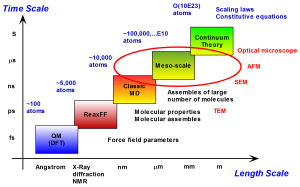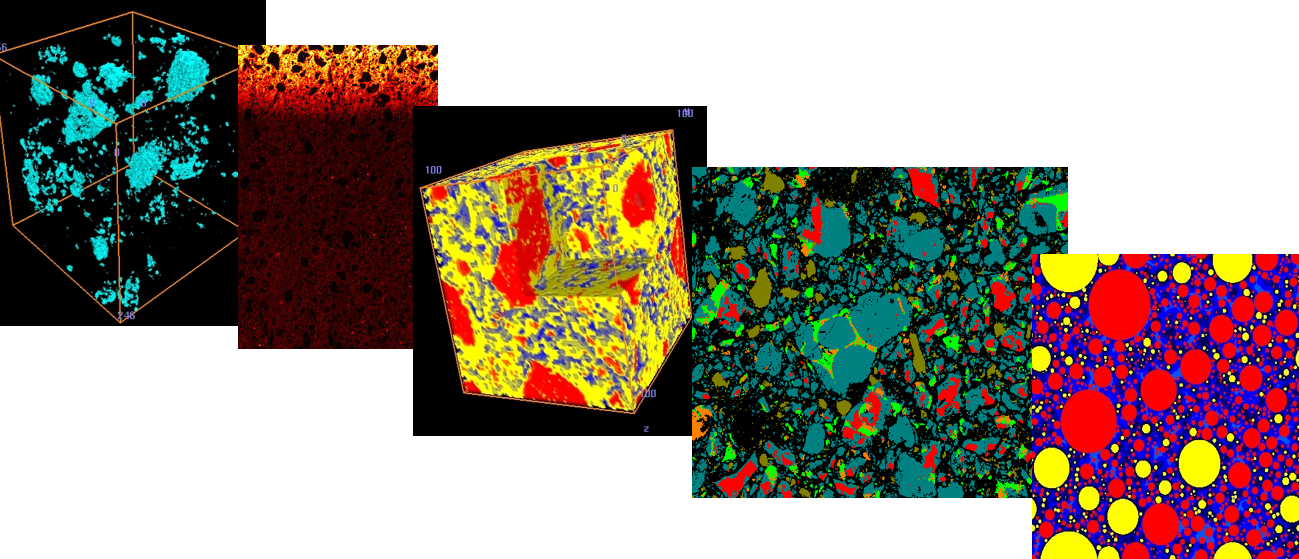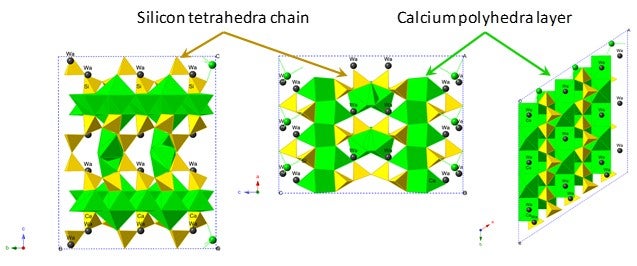The group research interests encompass multiscale/multiphysics study of infrastructure materials durability and service life prediction with the use of experimental, analytical, and numerical methods.

- Application of 2-D/3-D imaging and automated geometric information retrieval and interpretation technology for construction/facility/infrastructure management
- Digital image processing, computer vision, pattern recognition, and filter design
Nano-Engineered Materials Application

- Combined experimental and multiscale modeling of coupled chemo-physical-mechanical behaviors in construction materials including concrete, asphalt, polymers, and alloys, to improve the durability and give much better performance
- Nanotechnology study of asphalt anti-oxidative hardening, anti-moisture damage, and concrete anti-corrosion mechanisms, as well as nano-modifier/coating development
- Multiphysics evaluation of corrosion-resistant and self-curing reinforced concrete
- Utilizing nanotechnology to create smart, self-healing materials leading to faster construction as well as increased durability and improved performance of structures, thereby helping to prevent catastrophic failures
- Combined atomistic-to-continuum modeling of anti-degradation nano-modifier for polymers and photovoltaic materials for solar-energy industry
- The application of large-scale distributive computing and parallel visualization technology in large-scale construction management
Characterization, Processing, Modeling and Sensing of Infrastructure Materials

- Concurrent multi-scale modeling algorithms to bridge length and time scales, from the nano to continuum scope for seamlessly modeling co-evolution of microstructure and fracture in heterogeneous materials
- Computational studies of coupled physical processes of flow, transport, chemical reactions and geomechanics in porous and/or fractured media
- Thermo-Hydro-Mechanical-Chemical modeling, coupled degradation processes in infrastructure materials and long-term geological repository
- Non-isothermal multiphase reactive transport, near-field evolution of engineered barrier systems, large scale reservoir behavior
- Computational solid mechanics, time-dependent deformation, plasticity, damage, fracture mechanics
Intelligent Stimuli–Responsive Materials
Emphasizes nanostructures as the basic building blocks for applications within a broad range of fields, including synthesize multifunctional polymer materials, develop multifunctional devices, and adaptive control of resilient civil infrastructure.
- Smart sensors assembly, advanced sensor technology for monitoring fresh, hardened properties and physical and chemical degradation processes
- Multifunctional infrastructure materials, integrating active polymer materials, magneto-rheological elastomer materials for vibration isolation, piezoelectric structure composites and composite transducers, thermal-electric and solar-thermal materials embedded in structural elements
Critical Infrastructure Systems Resilience
- Risk analysis-based resilience metrics, complex engineering systems less susceptible to disruptions, less vulnerable system design and operations, system of systems design, and measurement of resilient infrastructure systems.
- Multi-hazard mitigation and resilient communities, hazard mitigation management, and human behavior interactions, application of Internet of Things (IoT) in structural health monitoring and infrastructure resilience.
Cyber Physical Systems Security
- Security control system and software design, critical infrastructure systems with tools and resources needed to stay safe online, and increase the resiliency in the event of a cyber incident.
High-dimensional Data Analytics-enabled Building Automation Systems (BAS) for Smart Buildings
- Building Automation System is a platform to quickly adapt themselves to changes and respond to the ever-changing needs of occupants and smart grids. This research topic is to establish a fundamental understanding of dynamics, interactions and uncertainties of building energy systems.